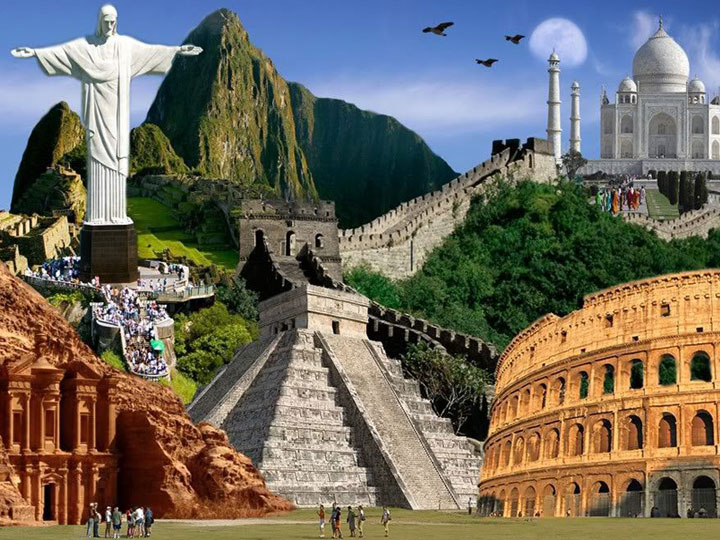Humanity and construction work has been together since the dawn of civilization, and people have always aspired to leave their creations behind as legacy. They built big, they built tall, they built wonders. Today, we look at the top 10 ancient architecture wonders that still awe us, questioning how on earth people made these structures so far back in time!
The first list of man-made wonders were made by ancient Hellenic tourists. Alas, none of these wonders stand now except the Great Pyramid of Giza - they were destroyed by natural or political reasons. Since then, many other lists were made of the world's architectural wonders - here is our shot at that.
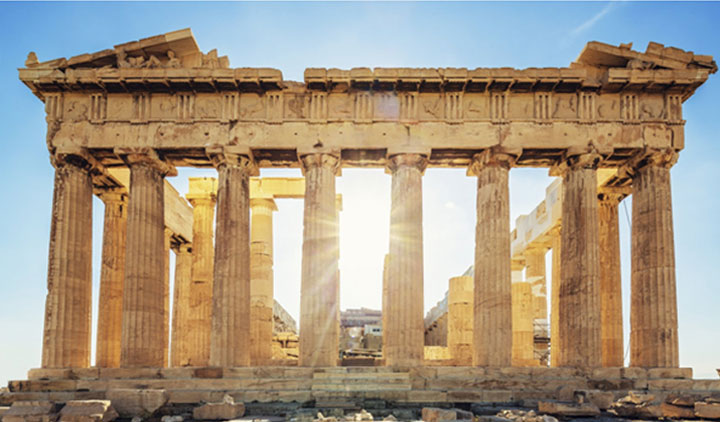
The Perthenon was constructed on an older temple, and was intended to be the new place of worshipping the goddess Athena, the patron goddess of the Ateneans. It is the most prominent surviving building of ancient Greece. Completed in 438 B.C., the structure has changed hands many times, serving as a temple, a church, a treasury, a mosque, and even an ammo dump.
The Perthenon is one of the oldest examples of fine Greek architecture. Constructed mostly of posts and lintels, there are 8 columns at either end, and 17 columns at either side. They all surround an inner masonry structure called the cella. The Perthenon enjoys the reputation of the most perfect Doric temple ever built.
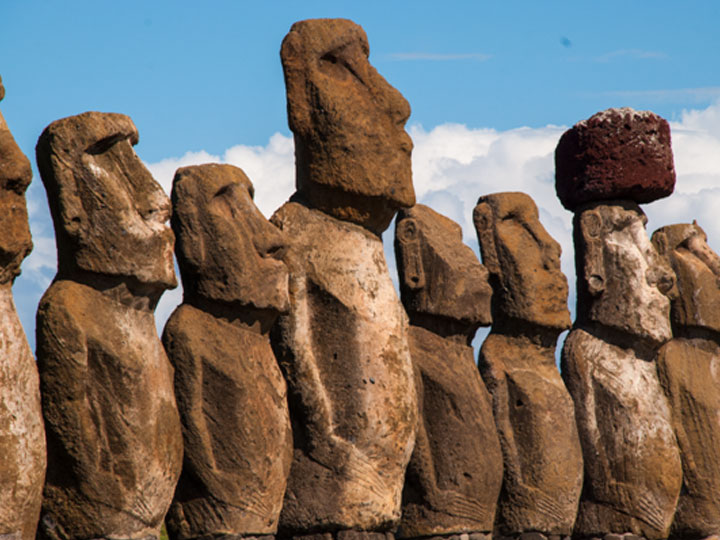
More commonly known as the Easter Island Statues and the source of many conspiracy theories, the Moai or Mo'ai are huge monolithic human figures on Easter Island in Polynesia. They are intended to be "living faces" of the long gone and "deified ancestors" of the Rapa Nui people, who built these statues.
Each statue has overly large heads over a small body, and there are over 900 of them all around the island. The head-to-body ratio is 3:5, which underlines the Polynasian belief of the dominance of brains over brawns. The largest of the Moai, called Paro is almost 33 feet tall, weighing over 80 tons! One of the unfinished statues, if completed, would be about 70 feet tall. How were they made and transported still remain a topic of hot debate in many circles.

This iconic structure of India petrified the symbol of love on the shore of river Yamuna, where emperor Shah Jahan built this awesome marble palace to house the tomb of his beloved wife, Noorjahan. The tomb of the emperor himself is also placed in this structure. The palace stands in the center of 42 acre land which includes beautiful gardens and a crenellated wall to boot.
Construction of the Taj Mahal finished officially in 1643, but extra work went on for a decade after that. Considered the finest example of Mughal architecture in India, it cost $956 million USD (today's value) to build the Taj Mahal. Ustad Ahmad Lahauri was the lead architect with 20,000 artisans and countless laborers under him.

The world's largest ancient age sports structure is so popular that it has become the icon of the city of Rome. The Colosseum is the largest amphitheater even to date, located right beside the Roman Forum. Emperor Vespasian started the construction of the megastructure and the next emperor Titus finished it, and emperor Domitian made some modifications on it.
The world-famous man-made wonder is made of limestone, volcanic rock, and brick-faced concrete. The elliptical structure is 157 feet tall, 615 feet long and 510 feet wide, covering 6 acres of land. It was planned to hold about 87,000 people by that time - though large portions have collapsed since then.
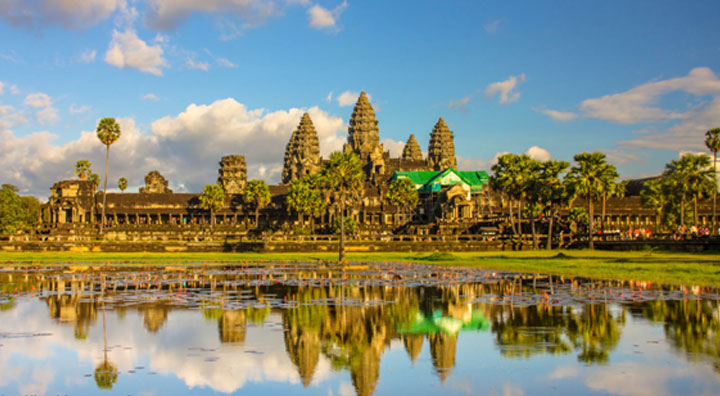
The largest religious monument in the world (by land coverage) stands on 402 acres of land in Cambodia. Though it is now a buddhist monastery, it was originally dedicated to the Hindu god Vishnu when the Khmer king Suryavarman constructed it some time in the late 12th century.
Angkor Wat is the finest example of the classical Khmer architecture and it is now a symbol of Cambodia itself. Designed to represent Mount Meru (the mountain of the gods), three galleries sit on top of each other within a moat three miles long. The architecture seems to hold special meaning with the positioning of the sun since many towers and viewports are strategically placed to allow sunrays only on sunrise or sunsets in specific days of the year.

In the valley of Mexico, right at the beginning of the first millennium, there lived an industrious people, forming the city of Teotihuacan. They built the beautiful city and the great step pyramids, forming the religious center of the region and the largest city in pre-discovery Americas. What's left of it can be found about 40 kilometers northeast of Mexico City.
The greatest achievements of this Mesoamerican civilization have to be the great step pyramids, even before the Mayan or Aztec civilizations rose. The biggest of these is the Sun Pyramid which is the largest ancient building in both Americas. It is 234 feet high and 733 meters long on each side. A lava cave goes beneath this great pyramid, believed to lead to the location of the human origin.

An entire city carved out of rock, that's how you describe Petra - the word literally meaning ‘rock' in Greek. Around 20 thousand people lived in this city, mostly arabic nomad groups settling in to trade. Petra flourished in the 1st century when its iconic structure, the Al-Khazneh, was built.
Petra is enclosed by towering rocks and watered by a perennial river, and was famous as not only the trade center of the whole region, but also for it's wondrous water control system, which manipulated flash floods for advantage with dams, conduits, and cisterns. It was the capital of the Nabataean Kingdom until it fell to Romans in 106 AD.

No list of wonders can be complete without this Peruvian mountain city, the height of Incan architecture. Constructed around 1450 by the Inca emperor Pachacuti, it was often mistaken as the Lost City of the Incas. The river Urumbaba flows past it, keeping the weather warm and supplying the water needed for survival.
The city is built in fine Incan style with polished dry stone walls. Much of the city was ruined but they have been restored to the most possible original condition. The main buildings in the city are the Intihuatana, the Temple of the Sun, and the Room of the Three Windows. The city is divided in two ways - the upper and lower town, and the urban and agricultural sectors.
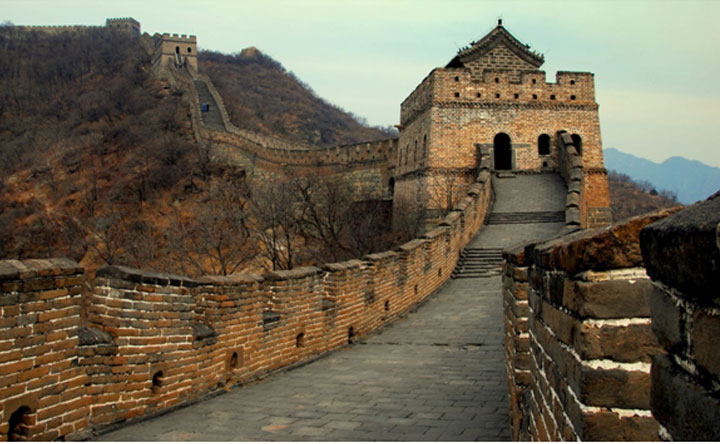
This ancient wonder is so big that it can be seen from space! The Great Wall of China was built to provide protection from various nomadic groups from the Steppe region. This wall is still the longest one in the world, stretching a whopping thirteen thousand miles! The construction of this huge wall has happened throughout two thousand years.
The earliest portions of the wall were built with rammed earth, stone and wood. Bricks appeared in the wall from the Ming dynasty, as well as tiles, lime, and stone. The defences of the wall were increased by constructing battlements and crenellations, watchtowers, barracks, smoke signals, and border controls. It is as wide as 16 feet or more in many places.
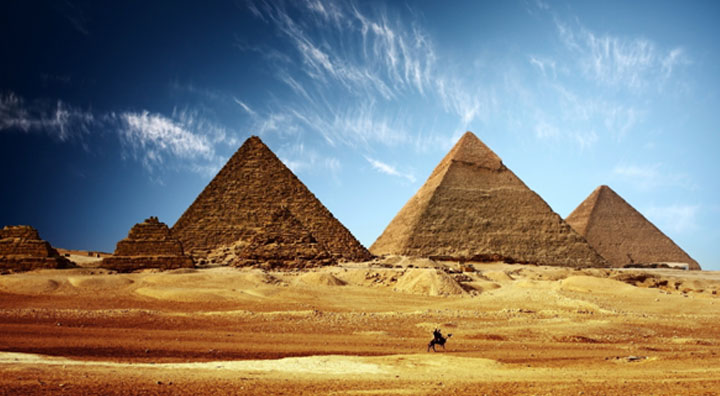
The only great wonder of the world still standing from the oldest recorded historical lists, the Pyramids of Giza include the Great Pyramid of Giza, the Pyramid of Khafre, and the Pyramid of Menkaure, along with their associated pyramid complexes and the Great Sphinx of Giza, and several cemeteries and a laborers' village.
The Great Pyramid of Giza is the largest ancient pyramid in the world, and the Khafre pyramid comes close. The pyramids are a wonder not only due to their size, but also because of the time they were constructed. Because of the time period, their method of construction still remains a huge debate. The pyramids were constructed to house the remains of the pharaohs, and their families and/or favourites.
